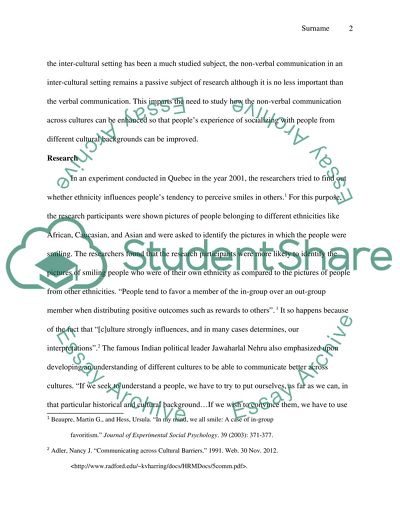Cite this document
(“Non verbal communication Term Paper Example | Topics and Well Written Essays - 1750 words”, n.d.)
Retrieved from https://studentshare.org/journalism-communication/1463740-non-verbal-communication
Retrieved from https://studentshare.org/journalism-communication/1463740-non-verbal-communication
(Non Verbal Communication Term Paper Example | Topics and Well Written Essays - 1750 Words)
https://studentshare.org/journalism-communication/1463740-non-verbal-communication.
https://studentshare.org/journalism-communication/1463740-non-verbal-communication.
“Non Verbal Communication Term Paper Example | Topics and Well Written Essays - 1750 Words”, n.d. https://studentshare.org/journalism-communication/1463740-non-verbal-communication.


